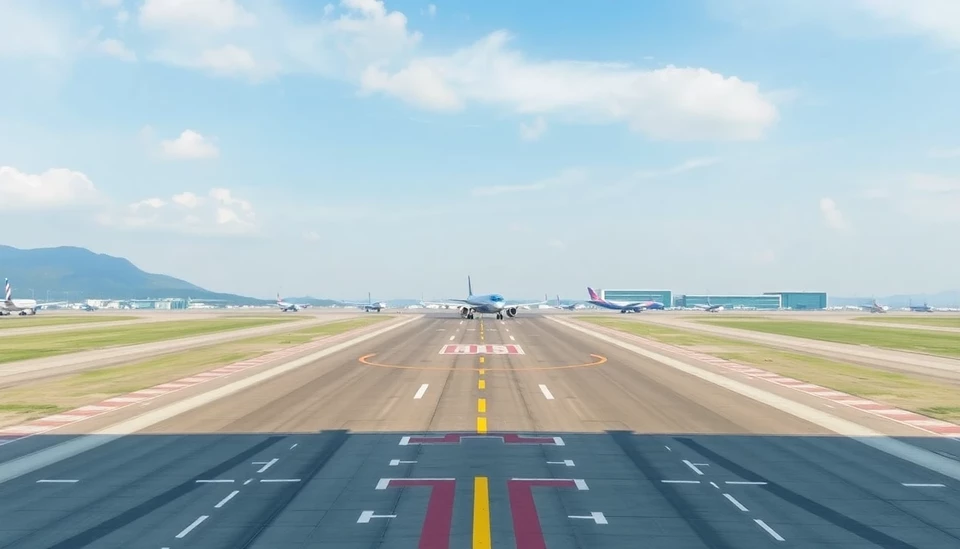
On November 27, 2024, Hong Kong's Chek Lap Kok International Airport officially opened its eagerly awaited third runway, a significant development aimed at enhancing the airport's operational capacity and bolstering its competitive edge in the aviation sector. This new infrastructure comes at a crucial time, as global air travel continues to rebound post-pandemic, prompting increased demand for airport services.
The addition of the third runway, which was in the planning stages for several years, is expected to facilitate the operations of approximately 25 additional flights per hour. However, projections indicate that there will only be a marginal increase in available landing slots, estimated at just 20—an expansion deemed insufficient for a bustling airport that serves as a major hub for international travelers and cargo.
Officials from the Airport Authority of Hong Kong expressed optimism regarding the benefits that the new runway will bring. This expansion is anticipated to improve operational reliability and reduce delays caused by congestion, which has plagued the airport in recent years. The runway, valued at around HK$20 billion (approximately USD 2.5 billion), also aligns with Hong Kong's broader strategy to reclaim its status as a premier international aviation hub amidst increasing competition from other regional airports.
Despite the additional capacity, stakeholders and analysts have raised concerns over the limited increase in landing slot availability. The current demand for international flights, particularly to and from Asian destinations, continues to strain the airport's existing capabilities. Experts suggest that while the new runway will enhance capacity, deeper systemic changes may still be required to fully meet the growing demand for air travel.
The government is reportedly considering future expansions and improvements to infrastructure to ensure sustainable growth for the airport. Nonetheless, the opening of the new runway signifies a pivotal moment in Hong Kong's aviation journey, celebrating a commitment to modernization and adaptation in an evolving travel landscape.
As global airlines revamp their schedules and fleets in response to the rising travel expectations post-pandemic, the operational changes at Hong Kong International Airport will be closely monitored by industry players. The runway's introduction marks not only a physical expansion but also a strategic initiative to bolster the airport's resilience against evolving challenges in the aviation sector.
The airport authority is now tasked with executing a carefully structured plan to integrate the new runway into its current operations while ensuring safety and efficiency during the transition. Ultimately, how well this expansion translates into improved services and increased slot availability remains a key focus for both the authority and international travelers alike.
The introduction of the third runway, while met with cautious optimism, highlights the ongoing balancing act airports must perform between growth ambitions and practical limitations.
Stay tuned for further developments as Hong Kong International Airport navigates the complexities of this new addition and works to turn aspirations into workable solutions for an increasingly busy aviation future.
#HongKongAirport #ThirdRunway #AviationNews #TravelIndustry #AirlineOperations #GlobalTravel #InfrastructureExpansion #HongKong #Airports #AviationCapacity
Author: Samuel Brooks




